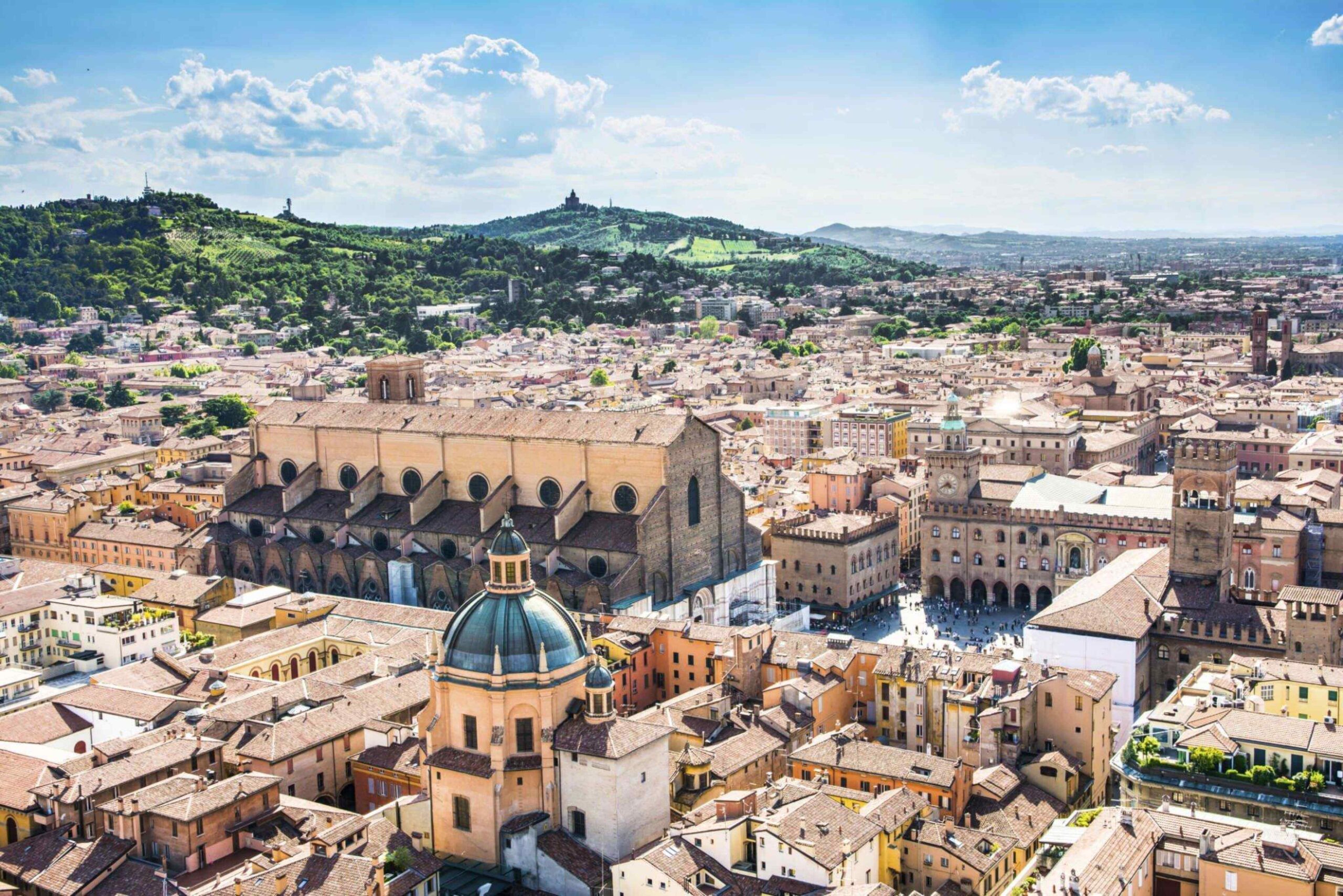Italy, a land celebrated for its opulent history and cultural legacy, is a veritable haven of historical marvels that whisk visitors away to bygone eras. Its landscape boasts ancient ruins and majestic cathedrals, providing an unmatched experience for history enthusiasts and travelers alike.
Within this article, we shall unveil ten imperative historical sites that embody the captivating odyssey of Italy through the ages. From the iconic Colosseum to the illustrious Vatican Museum, these destinations immerse visitors in the captivating stories of ancient civilizations, the brilliance of the Renaissance, and the profound impact of Christianity on Italy’s cultural heritage.
Delve into Italy’s rich past, where each historical gem beckons with tales of antiquity and grandeur.
Contents
1. Vatican Museum
The Vatican Museum is an extraordinary treasure trove of art and history located in the Vatican City, Italy. It houses an extensive collection of art amassed by popes throughout the centuries, including masterpieces by Michelangelo, Raphael, and Leonardo da Vinci. Visitors can marvel at the iconic Sistine Chapel’s frescoes, explore the Gregorian Egyptian Museum’s ancient artifacts, and admire the classical sculptures in the Pio-Clementino Museum.
A visit to the Vatican Museum offers an immersive experience of the artistic legacy of the Catholic Church and its profound influence on the world of art and culture.
2. Colosseum, Rome
The Colosseum Rome is a magnificent amphitheater that stands as an iconic symbol of ancient Rome’s grandeur. Completed in AD 80, this colossal structure hosted gladiatorial contests, wild animal hunts, and spectacular public shows. It remains one of the most significant achievements of Roman engineering and architecture.
Visitors can explore the interior, imagining the thrilling events that once unfolded within its walls. The Colosseum is a testament to the ancient Romans’ love for entertainment and a must-visit historical landmark that captures the essence of Roman civilization.
3. Florence Cathedral (Santa Maria del Fiore), Florence
The Florence Cathedral, commonly known as the Duomo, is a masterpiece of Italian Gothic architecture. Its distinctive red dome, designed by Filippo Brunelleschi, is an engineering marvel of the Renaissance era. Inside the cathedral, visitors can admire breathtaking frescoes and sculptures, including the Last Judgment by Giorgio Vasari and Federico Zuccari.
4. The Leaning Tower of Pisa
One of Italy’s most famous landmarks, the Leaning Tower of Pisa, attracts millions of tourists every year. Originally intended as a bell tower for the adjacent cathedral, its construction began in the 12th century but was interrupted several times due to the tower’s tilt. The tower’s unique tilt is the result of an unstable foundation, making it an intriguing and photogenic sight.
5. The Pantheon, Rome

Originally constructed as a Roman temple, the Pantheon is one of the best-preserved ancient buildings in the world. Its iconic dome, with an opening at the top known as the oculus, is a marvel of ancient engineering. The Pantheon has served various purposes throughout history, including a Christian church since the 7th century. It is a place of architectural wonder and historical significance.
6. Sistine Chapel, Vatican City
As part of the Vatican Museums, the Sistine Chapel deserves a separate mention for its unparalleled artistic and historical value. Michelangelo’s stunning frescoes on the chapel’s ceiling, including the famous Creation of Adam, are considered some of the most exceptional masterpieces of Western art. A visit to the Sistine Chapel is an awe-inspiring experience that leaves visitors in admiration of the genius of Michelangelo.
7. The Forum, Rome
Once the heart of ancient Rome, the Roman Forum was the center of political, commercial, and social activities. Today, it presents a remarkable collection of ancient ruins, including temples, basilicas, and arches, providing a glimpse into the city’s vibrant past. Walking through the Forum is like journeying through the layers of history that shaped the Roman Empire.
8. Herculaneum
Similar to Pompeii, Herculaneum was an ancient Roman town that fell victim to the eruption of Mount Vesuvius. Although smaller than Pompeii, Herculaneum boasts exceptionally well-preserved buildings and art. Visitors can explore intact houses with original frescoes, mosaics, and even carbonized wooden furniture, offering a more intimate and immersive experience of ancient Roman life.
9. The Tower of Castel Nuovo, Naples
Also known as the Maschio Angioino, the Tower of Castel Nuovo is a medieval castle and one of the most significant landmarks in Naples. Built in the 13th century, the castle’s imposing structure reflects the power and wealth of the ruling Angevin dynasty. Inside, visitors can discover historical artifacts and paintings, providing insights into the city’s tumultuous past.
10. Pompeii
Located near Naples, Pompeii is an ancient Roman city frozen in time by the devastating eruption of Mount Vesuvius in AD 79. Excavations have revealed remarkably well-preserved buildings, streets, and artifacts, offering an extraordinary insight into the daily life of a Roman city during the first century. A visit to Pompeii is like stepping into a time capsule, as you wander through its streets, temples, and houses.




